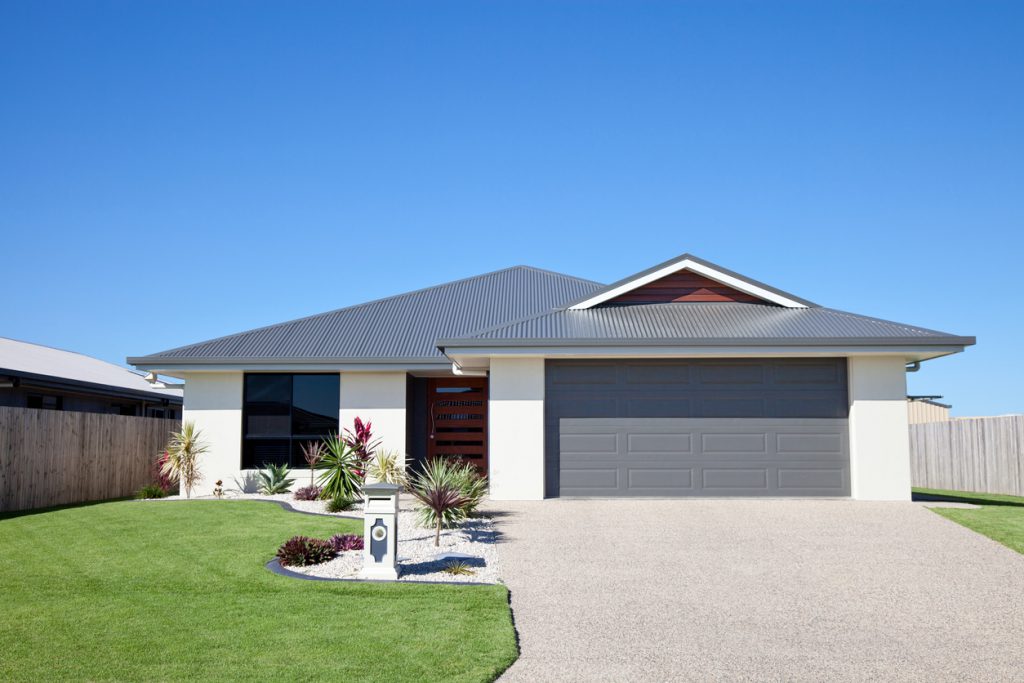The hardscaped areas of your home, like your driveway, outdoor dining areas and entrances and footpaths require the perfect material. If you neglect these spaces, they can bring the entire appearance of your home down. No matter how beautiful your façade is, it can never make up for a cracked, dull and uninspiring driveway.
Of course, slate, tile and stone are popular options. They look good, they’re timeless, and you’ve seen them everywhere, so you know they work. Well, there are a few disadvantages about these materials that you need to consider:
1. They’re expensive
2. They’re labour intensive
3. They require a lot of maintenance
4. They’re fragile
So, if you’re not prepared to deal with those negatives, what are you left with? Well, decorative concrete of course!
Six Advantages of Decorative Concrete
Cost-Effective
Concrete is far less expensive than any of the materials listed above. On top of that, it doesn’t require as much workmanship to pour or create pavers, so you save on labour costs.
Same Aesthetic
Decorative concrete may cost less, but you don’t have to sacrifice on aesthetics. With colouring, stencilling and stamping techniques you can achieve the same looks as expensive slate, stone or tile while avoiding the pitfalls that come with these materials. For example, you can combine stamping with blue paint to mimic bluestone or stencilling with terra-cotta for a Mediterranean-style sandstone look.
Versatility
Because of the inherent fragility of stone, brick, tile and slate they aren’t ideal for all hardscaped areas. For example, you can’t have tiles in your driveway. Slate, some stones and tiles are also very slippery, meaning they aren’t great for pool areas or even entrances. You can put concrete anywhere, and prepare it to be anti-slip, and ensure it can stand up to year after year of vehicle and foot traffic.
Durability
Concrete is legendary for its toughness. While traditional hardscape materials are prone to breakage and cracks, your concrete will last forever as long as you reseal it now and then.
Low-Maintenance
As mentioned above, slate, stone and tile take a lot of work to stay looking good. You have to regrout, pull weeds out, replaced cracked sections and if they get a stain, its game over. With concrete, all you have to do is sweep, hose and seal. That means you spend your weekends doing what you want to do, not looking after your overly expensive hardscaped space.
Eco-Friendly
The base element of concrete, limestone, can be found in abundance. By contrast, the clay for tiles, and the natural stone in other material has to be quarried which has an impact on the environment. The additional advantage of concrete is that you only mix what you need, so there is no wastage, and no offcuts left to rot away in someone’s garage or warehouse before ending up in a landfill.
So, that’s six reasons to include decorative concreting in your next landscaping project. You literally can’t go wrong; you get all the benefits of concrete with an incredible visual that you have complete control over.

0 Comments